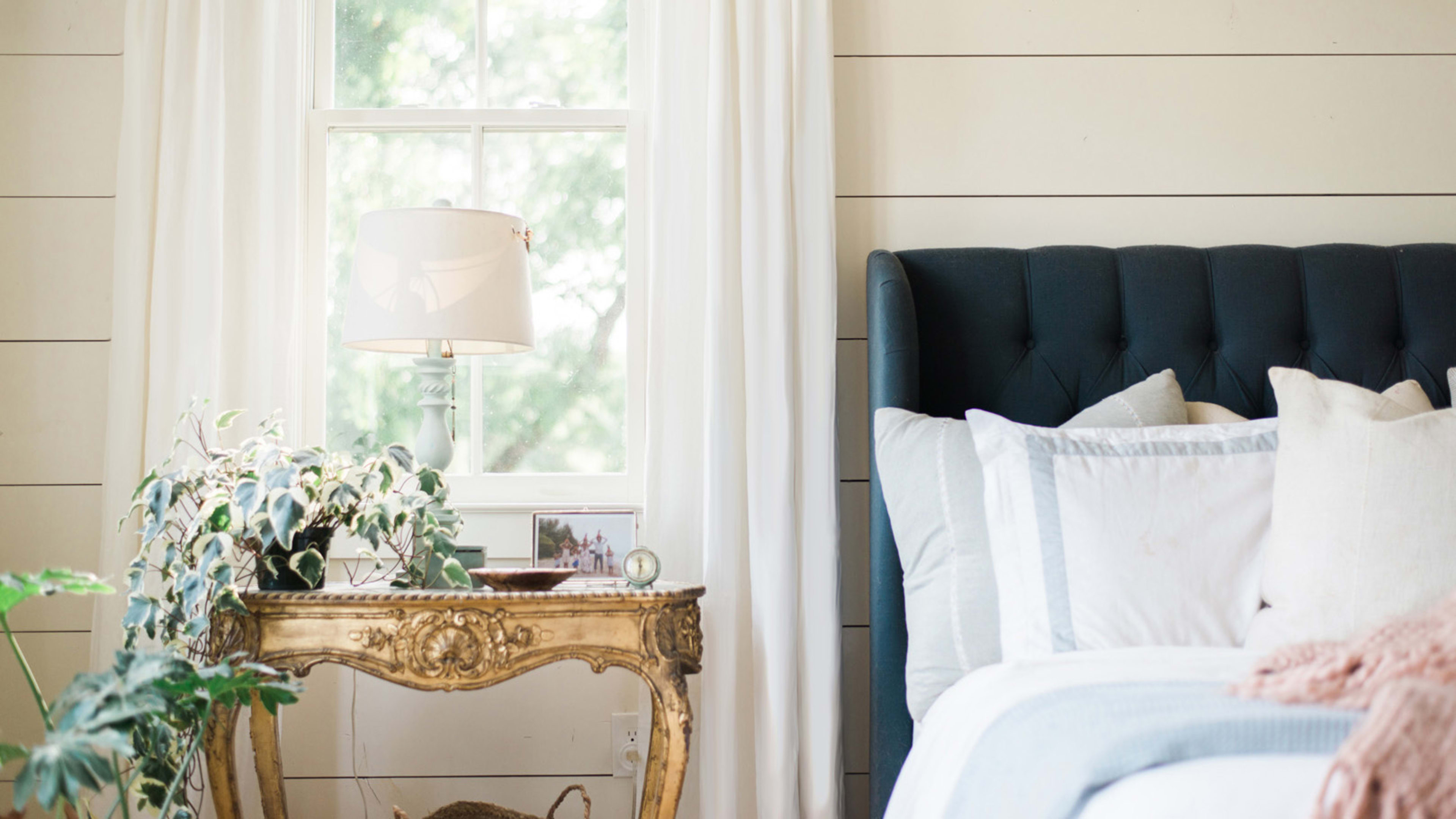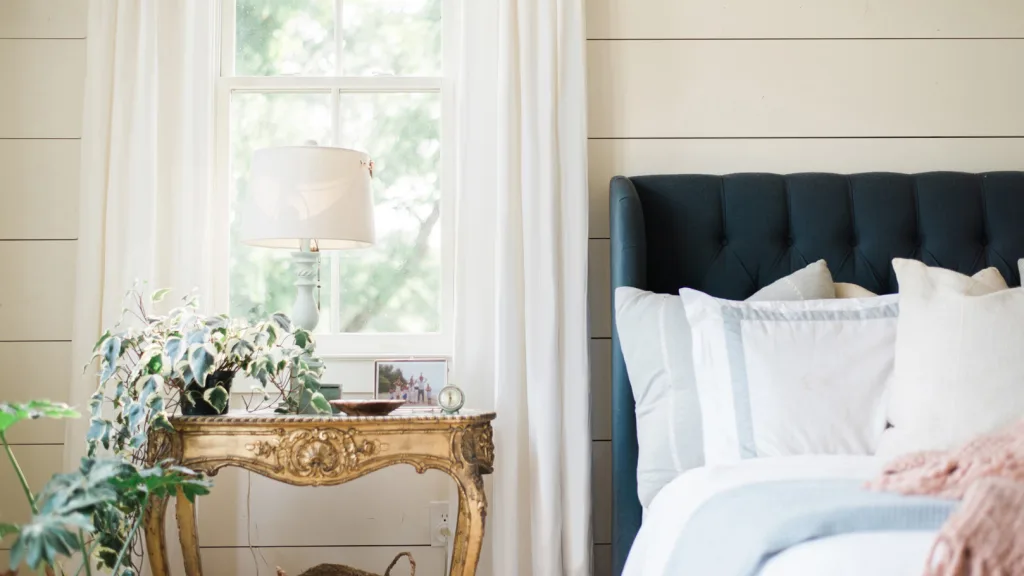Buying new drapes or shades is not, generally, one of the more exciting parts of decorating your home. Most of us think of window treatments (if we think of them at all) as a functional product, one that keeps light out at night and nosy neighbors from looking in.
But a new direct-to-consumer startup, Barn & Willow, wants to make buying custom window treatments delightful, affordable, and fun. The brand first hit the market in beta 2017 with just curtains, but in 2020, it has expanded its product line to compete with the top curtain brands on the market. This year, it launched roller shades, along with curtain rods and rings, and it has even expanded into a line of throw pillows and blankets in the same fabrics as curtains, so you can complete the look of your room.
Founder Trisha Roy has taken a page from other brands that have disrupted sleepy, boring categories, like Warby Parker did with glasses and Away did with luggage. “There hasn’t been any innovation in the world of window covering for decades,” she says. “And there isn’t really a go-to brand that people think of when they’re in the market for curtains or shades. I wanted Barn & Willow to be that brand.”
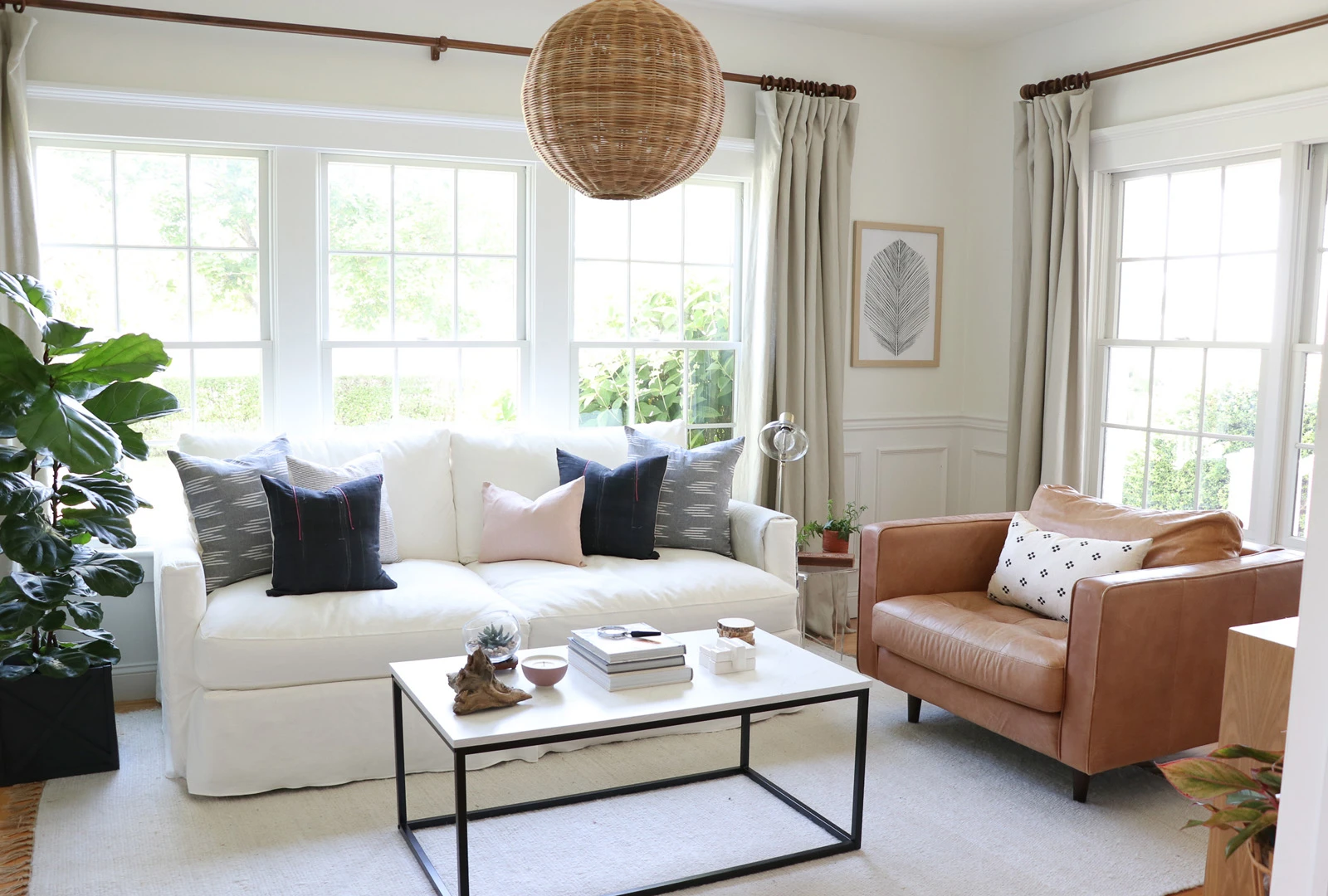
When it comes to outfitting your windows, there are generally two options. If you go the cheaper DIY route, you’re headed to a hardware store or Ikea, choosing off-the-shelf options and praying you’re competent enough to install them once you get home. On the other end of the spectrum, you can get custom drapes from a specialty store. Here, you’ll have many colors and aesthetic options, but it could run you thousands of dollars. “This tends to be the option that interior designers choose,” says Roy. “But many people want to decorate their homes themselves and don’t really know where to start. It’s a very opaque process.”
Barn & Willow wants to offer all the benefits of the high-end approach to windows, but with a much easier decision-making process. And importantly, the brand offers products at a lower price point than brands of comparable quality, thanks to its direct-to-consumer business model that also does away with the overhead costs of a brick-and-mortar store. At Barn & Willow, you can get custom drapes for an entire room for less than $1000, which is about 30% less than competitors of similar quality, like The Shade Store and Smith & Noble. On the brand’s website, there is a chart that lays out the various costs involved with selling custom window treatments, and estimates that other brands mark up their products by about 250% while Barn & Willow only marks them up by 60%.
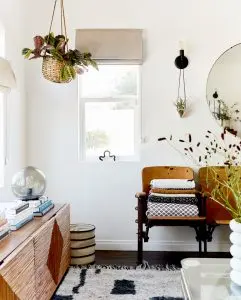
Since there are millions of possible combinations when it comes to window treatments, Roy has chosen a highly curated approach. The website is designed to help avoid decision paralysis by simply breaking down the different options, then offering a deliberately limited array of options when it comes to materials. Customers can pick from several different window treatments including roman shades, roller shades, and custom drapes, in a range of colors and materials. For drapes, for instance, you can pick the aesthetic look you want—whether there are pleats on top or grommets—and then pick from several different fabric colors and textures. “We want to take out the intimidation factor from the process,” Roy says.
To offer even more support, Barn & Willow offers free phone consultations with a window expert, who can talk through all the different options and explain the difference between, say, a roller shade or a roman shade. The consultant can also offer interior design advice. And if the customer wants to check out different materials in person, they can order free swatches. Once the customer has chosen the style and material for the drapes they want, the website offers clear instructions, complete with images, of how to measure their windows for custom drapes.
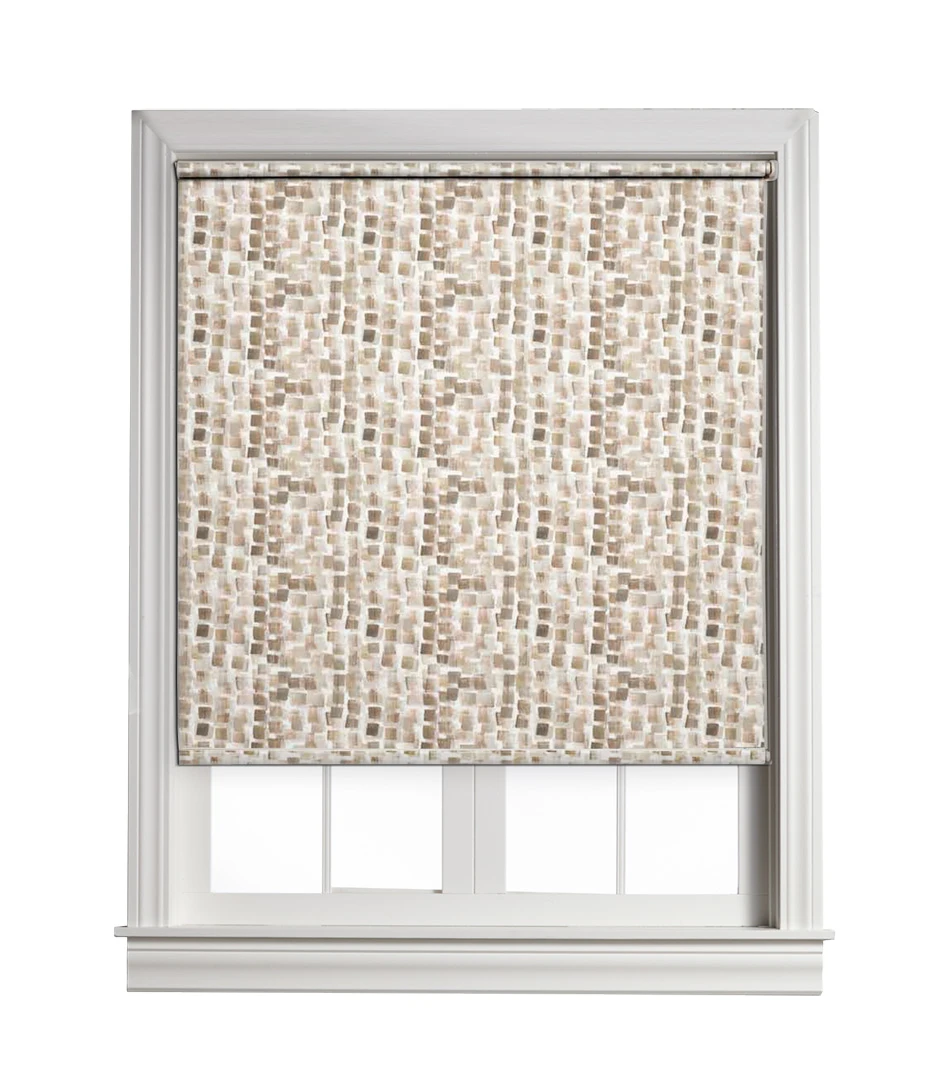
The new shades or drapes will arrive at the customer’s house within a week. Then, there are simple instructions that allow customers to install the new products themselves. Roy says that about 75% of customers choose this option. The other 25% will hire a professional to install them. Again, this tends to be more popular with interior decorators. Roy says Barn & Willow has a network of expert installers who are familiar with the brand’s products. “The speed is an important selling point,” Roy says. “It’s really frustrating to go through the process of picking window coverings and then have to wait weeks or months before they arrive.”
Roy’s family comes from India and have been in the textile industry for decades, working with Indian textile mills, as well as mills across the world, that create materials for home goods. As a result, she had access to a network of suppliers and works directly with factories, thereby cutting out another middleman. For instance, the linen products come from a Belgian mill that has been operating for 150 years, and the material is then shipped to a small factory outside Delhi, where they are turned into drapes.
Barn & Willow is part of a broader trend in the furniture and home-goods industry. Many startups, from Burrow to The Inside to Pepper to Parachute, see an opportunity to shake up a sector that still largely operates with a traditional business model, where factories work with middlemen who sell products to retailers. The direct-to-consumer business model has made it possible for brands to sell premium products at more accessible prices, giving consumers a middle ground between shopping at Ikea or Wayfair, and shopping at the high-end stores frequented by interior decorators. “I’m a millennial myself,” Roy says. “And I think buying online from a direct-to-consumer brand is how millennials expect to shop these days.”
Recognize your brand’s excellence by applying to this year’s Brands That Matter Awards before the early-rate deadline, May 3.
